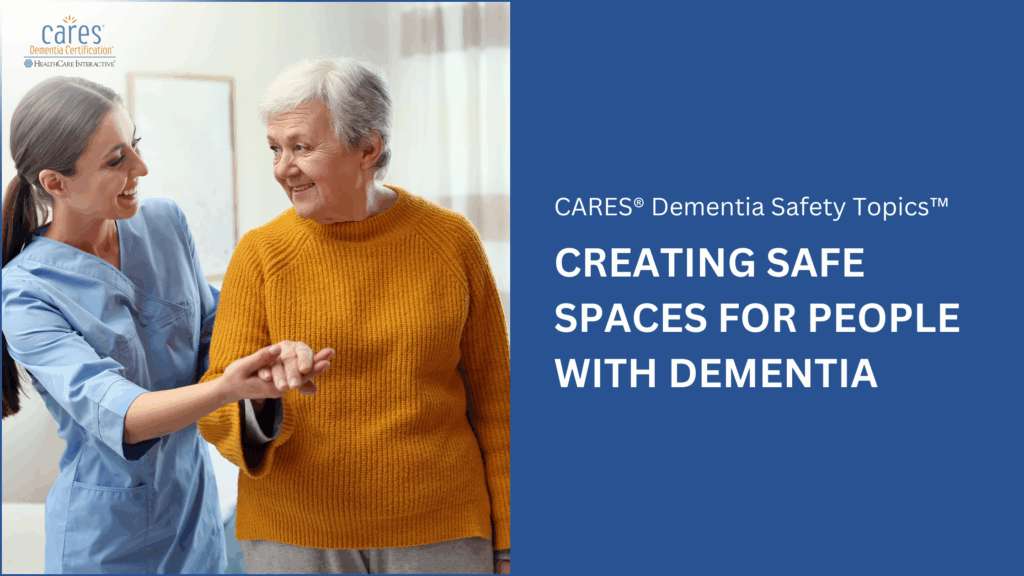Falls are one of the greatest risks faced by people living with dementia, but with the right awareness and strategies, many falls can be prevented. Caregivers, families, and healthcare providers can work together to create safe, supportive environments and routines. Here’s how you can apply what you’ve learned about minimizing falls.
Know the Person
Every individual with dementia has unique needs, habits, and preferences. Taking the time to understand the person is the foundation of fall prevention. Families and caregivers can start by asking questions such as:
• What is (or was) their daily routine?
• What medications are they taking?
• What is their toileting schedule?
• How do they sleep? Do they nap? Are they used to sharing a bed?
• What are their bathing preferences?
• How is their vision?
• What is their mobility like? Do they use a walker or need extra assistance?
• Will they remember to ask for help, use a walker, or wait until dizziness passes before moving?
• What type of clothing do they prefer?
• What triggers frustration or agitation?
• What helps calm them?
• Have they fallen before? If so, what happened?
• How was their room or living space arranged at home?
Understanding these details helps caregivers predict risks and build routines that make daily activities safer.
Safety in the Environment
Beyond knowing the person, creating a safe environment is key to reducing falls. Small changes can make a big difference. Consider these strategies:
• Encourage safe movement by creating open, easy-to-navigate spaces.
• Keep important items within easy reach.
• Provide sturdy, comfortable chairs that are simple to get in and out of.
• Use assistive devices, such as walkers, canes, or hip protectors.
• Position beds closer to the floor.
• Consider padded flooring for added protection.
• Ensure furniture wheels are locked.
• Add slip-resistant strips and grab bars in bathrooms.
• Remove trip hazards like loose rugs or clutter.
• Improve lighting throughout the home.
• Use clear signs with words and pictures to guide bathroom use.
• Place “rest stops” in hallways with sturdy chairs.
• Choose cleaning products that leave non-glare floors.
Responding Appropriately
Simple adjustments in caregiving can go a long way in preventing falls. For example:
• Improve lighting and reduce glare from shiny surfaces.
• Encourage the person to sit for a moment before standing to avoid dizziness.
• Gently remind them to use walkers or call for help when needed.
• Respond calmly when they are upset, and provide reassurance to reduce anxiety-driven movements.
Fall-Prevention Skills That Make a Difference
Falls happen as people get older because of physical changes. People with dementia are at increased risk of falls because of the changes that are also happening to their thinking abilities. There are many fall-prevention skills and ways that you can keep people with dementia safe and mobile by minimizing the chance of falls.
Remember:
• Learn about people with dementia. Find out about daily routines, if they have a history of falls, and about their family and work routine. All of this will help you understand them and their risk of falling.
• Pay attention to the environment. Watch for things that could cause someone to fall.
• Help people with dementia remain as active as possible. Active people are less likely to be injured due to a fall.
• Help families understand the risk of falls for people with dementia, whether their relative is at risk, and how to reduce falls.
Save 10% on CARES® training—learn practical fall-prevention skills. Use code Halloween10 by Nov 15, 2025.

